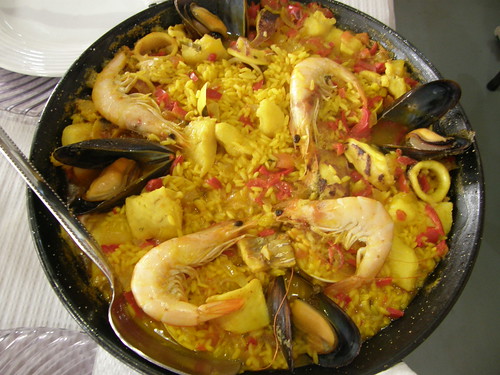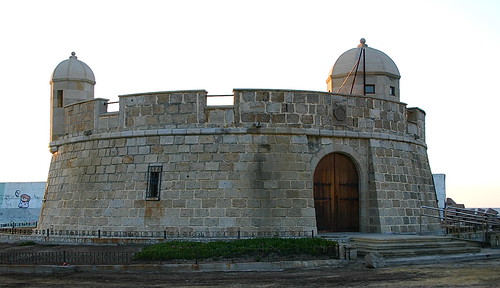
Spain has a wide variety of peninsular towns and a variety of languages such as Galician, Castilian, Basque and Catalan, without citing the Asturian bable, High Aragonese, the stop «singing» of! Montanes and other forms of communication.
Statue Breogan the background the Roman lighthouse known as Hercules Tower. This diversity extends to the history, economy, culture, etc… Contrasts with the large geographical constant as the Cantabrian Sea, the range of the same name, the Pyrenees and the Ebro valley Hence the peculiar characteristics of the different Spanish geographical areas from which we could mention in the northern half of the peninsula: Galicia, Asturias, Castilla-León, La Rioja, Cantabria, Basque Country, Aragon and Catalonia.
Galicia is a land of immigrants, singers, healers and ghosts, the country presents a remarkable homogeneity Gallego, both from a geomorphological perspective and from the standpoint of climate and human. Galicia is probably the most mysterious region of Spain. The folklore of the country, known for the topics of the bagpipe and drum, the colorful costumes. The Dance of muñeira, etc.., Has an exceptional richness and complexity.

Located in full wet Spain, Galicia is formed by a winding coastline and granite which opens to the sea, and smoothing in the interior sections and evergreen. The sweetness of the Galician climate, oceanic climate tempered by continental influences, is one more reason to love and longing for the land, so the traveler wants to return again and again. A coast like this, granite, buffeted by the waves, shows a sharp contrast with the interior. Steep and rocky, Galicia has for example the Rias Altas in the north and the estuaries of Foz, Viveiro, Ortigueira and Cedeira, as well as the estuaries of casualties: Noia and Muros, Arosa, Pontevedra and Vigo, all bathed by beautiful beaches and deserted. Amid all this occurs the open bay from Cape Prioriño San Antón Castle, which is shown broken by the estuaries of El Ferrol, Ares. Betanzos and La Coruna.
Galicia occupies the northwest corner of the Iberian Peninsula is geologically formed by a granite base covered in places by strata slate. Its oceanic climate, mild winters and cool summers of clear Mediterranean influences, is a decisive element in terms of its tourist attractions of Santiago de Compostela and agricultural wealth.
This beautiful region is rich in resources, which has rarely been utilized n rationally. It is mainly livestock, also the first fishing region of Spain: Vigo and La Coruna are the two major fishing ports. Collect cod sardine, tuna at sea, all varieties of mollusks and crustaceans in its rich coastline.
The marine diversity explains why the complex Galician cuisine based on these products, we find the barnacles, prawns, crabs, clams, mussels, scallops, cockles, etc.., Are some of the delicious fruit that offers its sea. The same goes for their fish, which are developed with regional dishes. Such as hake in the Galician turbot, sardines grilled with «boiled potatoes, octopus» a feira «, etc…
Inside, the pork is the staple food, and typical dishes are the pork shoulder with turnip and caldo gallego, a dish that has become a delicacy.
I must mention the delicious wines from Galicia, Ribeiro and Albariño and Marc, a high ranking spirit.

Well folks this is a simple glimpse of Galicia, land of the Celtic hero Breogán, which is glorified in his official anthem and immortalized by the Hercules Tower in La Coruna.
Leave a Reply
You must be logged in to post a comment.
Recent Comments